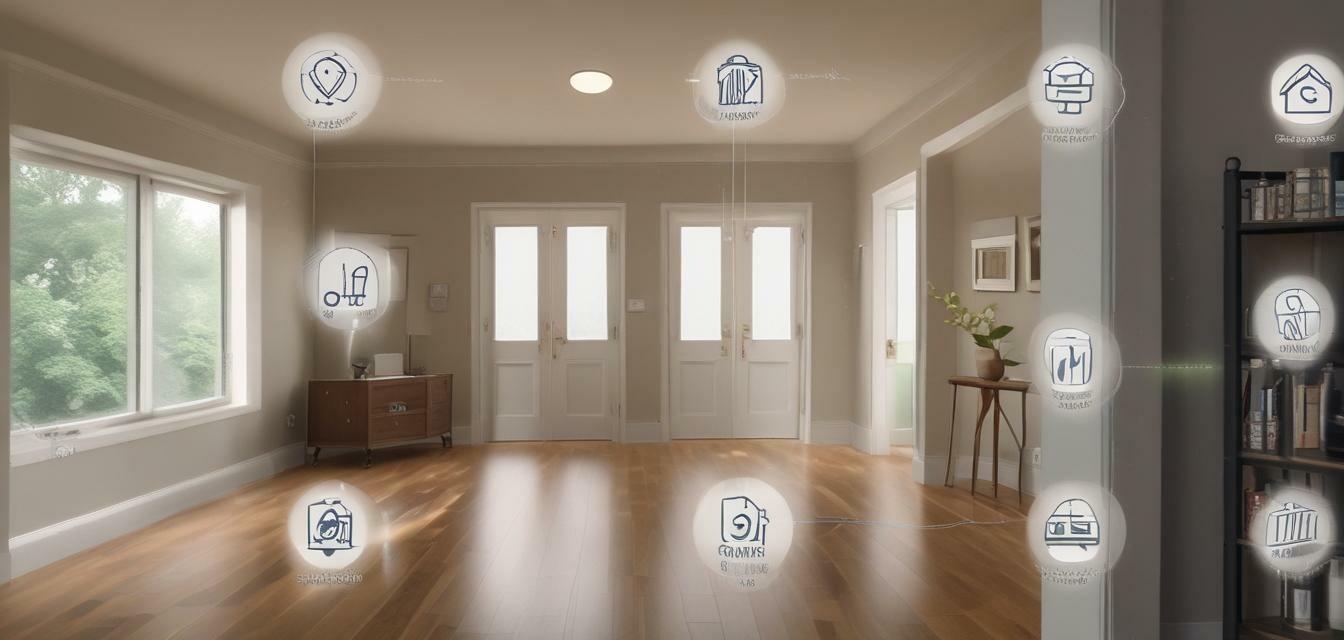
Quick Guide to Choosing Motion Sensors
Key Takeaways
- Motion sensors come in different types, including passive infrared, ultrasonic, and dual-technology.
- Consider the size, coverage area, and placement of the sensors for optimum effectiveness.
- Smart motion sensors can integrate with home automation systems for added convenience.
- Look for features such as adjustable sensitivity and customizable zones for best results.
- Wireless options can simplify installation and maintenance, making them popular choices.
Introduction
Choosing the right motion sensors can significantly enhance your home security system. With various types available, each serving unique purposes, it can be challenging to determine which sensor fits your needs. This guide will help you navigate the critical factors to consider when selecting motion sensors for your home.
Types of Motion Sensors
Understanding the different types of motion sensors is essential to make an informed decision. Here’s a brief overview of the primary categories:
| Type of Sensor | Description | Best Use Cases |
|---|---|---|
| Passive Infrared (PIR) | Senses motion through heat changes in the environment. | Indoor and outdoor areas with significant heat sources. |
| Ultrasonic | Emits ultrasonic waves to detect movement. | Large areas like warehouses or backyards. |
| Dual-Technology | Combines both PIR and ultrasonic technologies for accuracy. | High-security areas needing enhanced detection. |
Key Features to Look For
When selecting motion sensors, consider the following features to enhance their effectiveness:
- Coverage Area: Ensure the sensor can cover the intended space, ranging from small rooms to large outdoor areas.
- Adjustable Sensitivity: Look for sensors with settings that allow you to adjust the sensitivity based on your needs.
- Integration with Smart Devices: Opt for motion sensors that can connect with your home automation systems for greater control.
- Weather Resistance: Choose models that can withstand environmental elements if you’re installing them outdoors.
- Wireless Options: Wireless sensors can reduce installation complexity and allow for flexible placement.
Placement Recommendations
To maximize the effectiveness of your motion sensors, pay attention to where you install them. Here's a quick guide on placements:
| Location | Recommended Type | Notes |
|---|---|---|
| Entry Points (doors, windows) | PIR Sensors | Install at a height where they can detect intruders without being obstructed. |
| Driveways and Patios | Dual-Technology Sensors | Use to avoid false alerts from animals. |
| Garage | Ultrasonic Sensors | Ideal for detecting motion in larger spaces. |
Pros and Cons of Motion Sensors
Pros
- Increased home security by detecting unauthorized movements.
- Can be integrated easily with existing security systems.
- Wireless options are easy to install and maintain.
- Can save energy when connected to smart lighting systems.
Cons
- False alarms can occur due to pets or passing vehicles.
- Some sensors may require frequent battery replacements.
- Placement issues can render sensors ineffective.
Conclusion
Choosing the right motion sensors for your home is a crucial step in enhancing your security strategy. Evaluate your needs, consider the types and features, and follow our placement recommendations to optimize their effectiveness. For more detailed insights and options, check our motion sensor product range and find the one that suits you best.
Frequently Asked Questions
- How do I know which motion sensor is right for my home?
Consider the area you want to cover, the type of motion sensor, and any integration needs with your other security devices.
- Do motion sensors work well with smart home systems?
Yes, many modern motion sensors are designed to integrate seamlessly with smart home systems, providing better control and automation.
- Can outdoor motion sensors be placed anywhere?
Placement is essential; ensure they have a clear view of the area you want to monitor while avoiding obstacles that may obstruct their field of vision.
For more detailed buying guides, check out our Buying Guides section.
